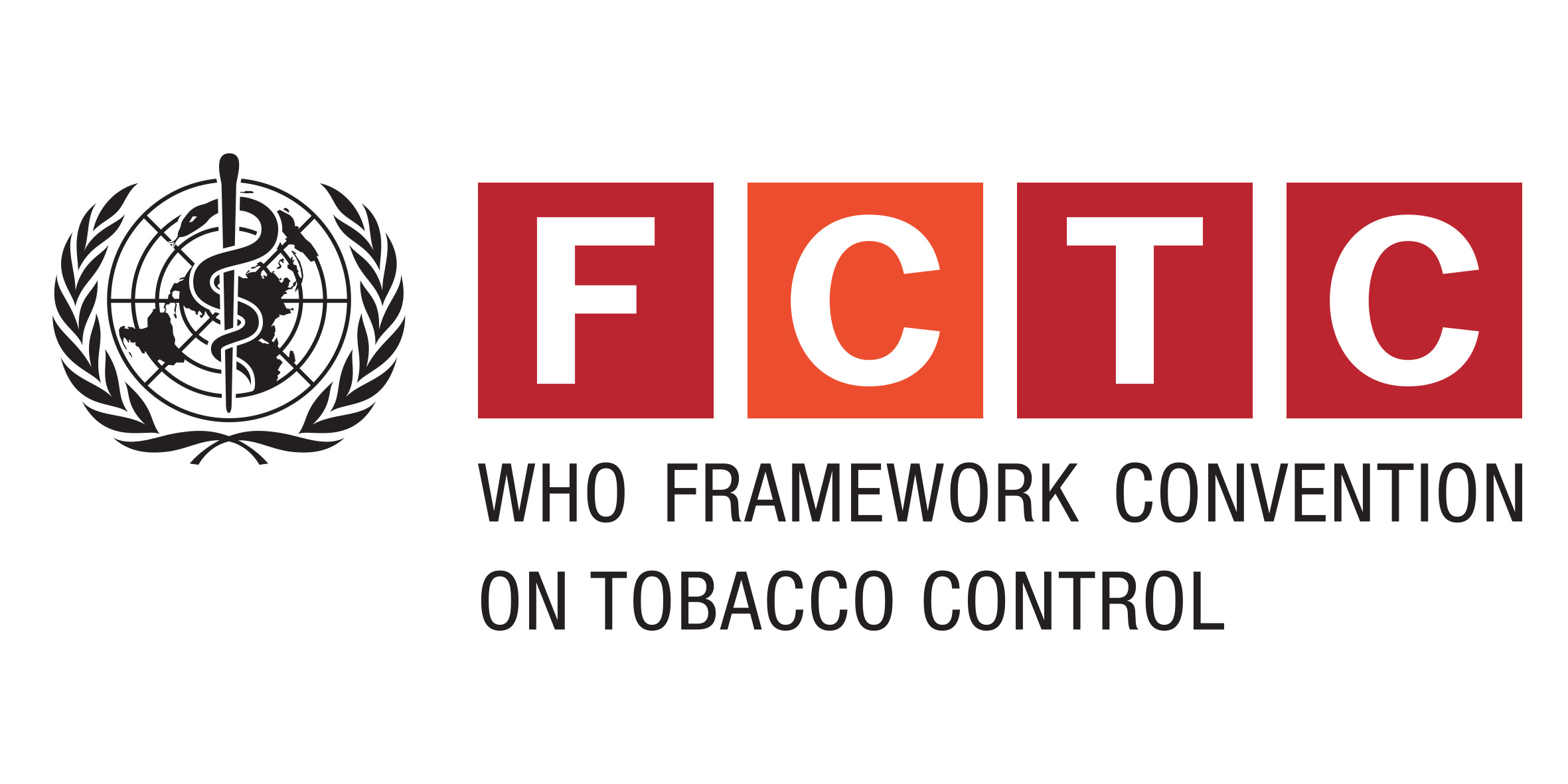Journal Article
Print(0)
The Journal of infectious diseases
J.Infect.Dis.
11-Aug
LR: 20160813; CI: (c) The Author 2016; JID: 0413675; OTO: NOTNLM; aheadofprint
1537-6613; 0022-1899
PMID: 27521365
ENG
JOURNAL ARTICLE
jiw261 [pii]
Unknown(0)
27521365
BACKGROUND: The 2013-2016 West African Ebola virus disease (EVD) epidemic is the largest recorded. Triage on the basis of clinical signs had limited success, and the time to diagnosis by quantitative reverse transcription-polymerase chain reaction (qRT-PCR) could exceed 5 days. Here we describe the development and field validation of the ReEBOV Antigen Rapid Test (ReEBOV RDT) to aid triage of individuals with suspected EVD. METHODS: Samples from patients with suspected EVD were submitted to Kenema Government Hospital, Sierra Leone, for Lassa fever and EVD screening throughout 2014. Banked residual clinical samples were tested in November 2014 and January 2015 in a blinded field trial to estimate the clinical effectiveness of the ReEBOV RDT, compared with EBOV-specific qRT-PCR. RESULTS: Preliminary ReEBOV RDT performance demonstrated a positive percentage agreement (PPA) of 91.1% (195 of 214 results; 95% confidence interval [CI], 86.5%-94.6%) and a negative percentage agreement (NPA) of 90.2% (175 of 194; 95% CI, 85.1%-94.0%). The final estimates used by the Food and Drug Administration to determine whether to grant emergency use authorization for the test, which excluded a qRT-PCR reference method threshold cutoff, were a PPA of 62.1% (72 of 116 results; 95% CI, 52.6%-70.9%) and a NPA of 96.7% (58 of 60; 95% CI, 88.5%-99.6%), with a diagnostic likelihood of 18.6. A subsequent, independent evaluation by the World Health Organization generated results consistent with the preliminary performance estimates. CONCLUSIONS: The ReEBOV RDT demonstrated the potential to provide clinically effective rapid and accurate point-of-care test results and, thus, to be a powerful tool for increasing triage efficiency.
. Published by Oxford University Press for the Infectious Diseases Society of America
Boisen,M.L., Cross,R.W., Hartnett,J.N., Goba,A., Momoh,M., Fullah,M., Gbakie,M., Safa,S., Fonnie,M., Baimba,F., Koroma,V.J., Geisbert,J.B., McCormick,S., Nelson,D.K., Millett,M.M., Oottamasathien,D., Jones,A.B., Pham,H., Brown,B.L., Shaffer,J.G., Schieffelin,J.S., Kargbo,B., Gbetuwa,M., Gevao,S.M., Wilson,R.B., Pitts,K.R., Geisbert,T.W., Branco,L.M., Khan,S.H., Grant,D.S., Garry,R.F.
Corgenix, Broomfield, Colorado Department of Microbiology and Immunology.; Galveston National Laboratory, University of Texas Medical Branch.; Department of Microbiology and Immunology.; Lassa Fever Program, Kenema Government Hospital Ministry of Health a
20160811
http://vp9py7xf3h.search.serialssolutions.com/?charset=utf-8&pmid=27521365
2016

